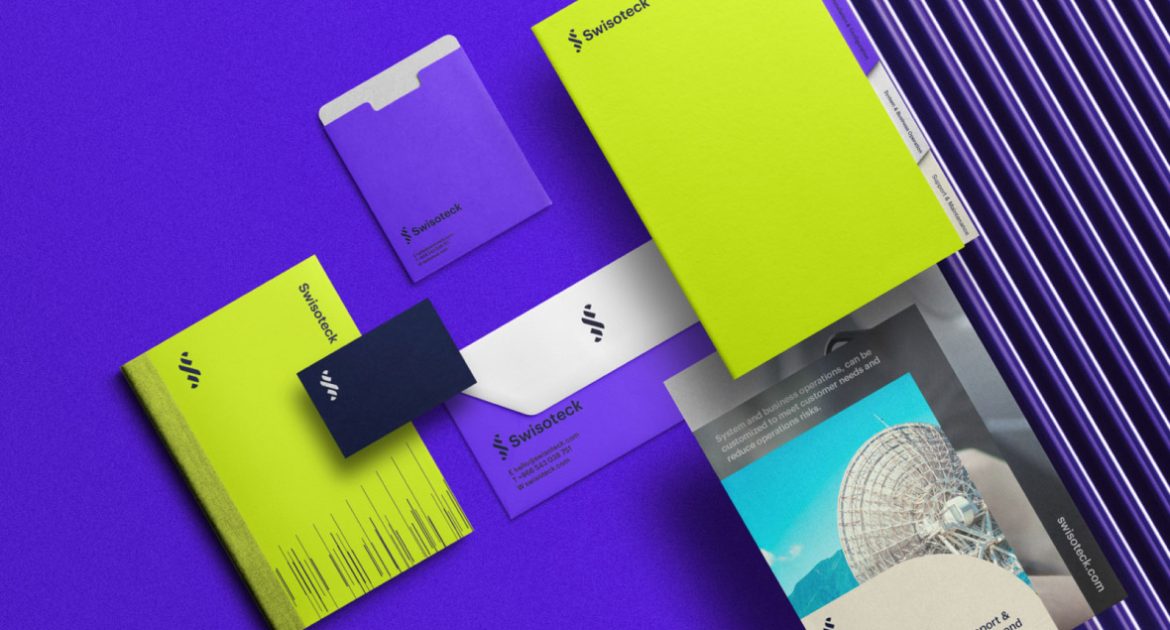How to Reduce Mobile App Development Cost Without Compromising Quality

Introduction
Building a mobile app can be one of the smartest growth decisions for your business — but it can also become expensive if not planned carefully. The great news? You can reduce mobile app development costs without compromising quality or performance.
In this article, we’ll explore proven strategies to help you save money on app development while ensuring a smooth, high-quality user experience. Whether you’re a startup or an established enterprise, these practical tips can make your app project both cost-effective and impactful.
Let's get started.
1. Define a Clear App Requirement Plan
The first and most effective way to reduce app development cost is proper planning. Unclear goals and vague scopes often lead to wasted time and unexpected expenses. Here’s what to include in your app requirement document:
- Core features and “must-have” functionalities
- Target platforms (Android, iOS, or both)
- App flow diagrams or wireframes
- Realistic timelines and milestones
💡 Pro Tip: The clearer your plan, the fewer changes you’ll need later — saving both time and budget.
2. Choose Cross-Platform Development Frameworks
Instead of creating two separate native apps for Android and iOS, consider cross-platform app development using frameworks like Flutter or React Native.
Benefits of Cross-Platform Development:
- Single codebase for multiple platforms
- 40–50% cost reduction compared to native apps
- Faster time to market
- Seamless app updates and maintenance
These modern frameworks allow you to achieve near-native performance while keeping your app development budget in check.
3. Start with a Minimum Viable Product (MVP)
Launching an MVP (Minimum Viable Product) helps you test your app idea with minimal investment.
Instead of building every feature from day one, focus on the core functionality first.
MVP Advantages:
- Lower initial costs
- Faster development cycles
- Real user feedback before scaling
- Reduced financial risk
Once your MVP gains traction, you can gradually expand features based on actual user demand — ensuring every dollar spent drives value.
4. Outsource App Development to a Trusted Partner
Hiring local, in-house developers in the US, UK, or Australia can be very costly.
By partnering with an offshore app development company, you can cut costs by up to 70% while still maintaining quality.
Tips for Successful Outsourcing:
- Evaluate portfolios and past client reviews
- Establish clear communication and project milestones
- Use tools like Slack, Trello, or Jira for transparency
- Set regular progress meetings
🌍 Pro Tip: Countries like India and Eastern Europe are known for delivering world-class apps at competitive rates — helping you get more value for your investment.
5. Reuse Code and Integrate Pre-Built Solutions
To optimize your mobile app development cost, reuse existing components and leverage pre-built APIs.
Examples include:
- Firebase for authentication and database
- Stripe or PayPal for secure payments
- Google Maps API for location services
Using trusted third-party solutions minimizes coding time, ensures reliability, and significantly reduces costs.
6. Optimize Your UI/UX Smartly
A great app design doesn’t need to break your budget. Focus on clean, functional design that enhances user experience without unnecessary complexity.
Tips to Design Cost-Efficiently:
- Use pre-built UI kits or design templates
- Stick to standard platform design guidelines
- Test prototypes before finalizing designs
Remember, simplicity improves usability — and lowers both design and development costs.
7. Adopt Agile Development Methodology
Using an Agile approach helps teams develop, test, and improve your app in smaller, manageable sprints.
This methodology offers flexibility, better communication, and cost control throughout the project.
Agile Benefits:
- Faster iterations
- Early issue detection
- Continuous improvement
- Transparent progress tracking
8. Test Early and Continuously
Quality assurance (QA) is not something to leave until the end. Testing early and frequently prevents costly bug fixes later. Use automated testing tools where possible to save time and ensure your app remains stable across devices and platforms.
9. Plan for Post-Launch Maintenance
Your app’s launch is just the beginning. Regular updates, security patches, and OS compatibility improvements are essential for long-term success.
Smart Maintenance Practices:
- Schedule quarterly updates
- Monitor user feedback and analytics
- Fix bugs quickly to prevent bigger issues later
Proactive maintenance keeps your app performing at its best — and prevents expensive emergency fixes.
Conclusion
Reducing mobile app development cost is all about strategic planning and smart execution.
By focusing on MVP development, using cross-platform technologies, outsourcing effectively, and leveraging pre-built tools, you can create a high-quality, scalable app without overspending.
If you’re ready to build a world-class app within your budget, our expert team can help turn your vision into reality.
Schedule a Free Consultation or Request a Custom Quote






